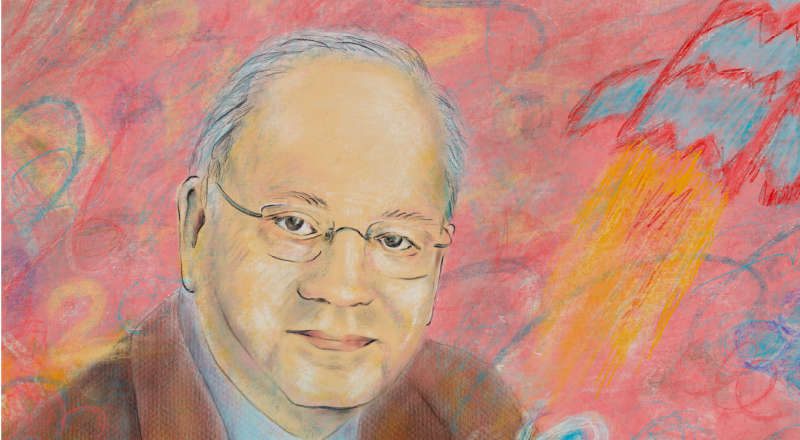The question of whether and how we ought to address difficult content in elementary social studies is difficult to answer. Teachers are sometimes concerned that historical topics are not developmentally appropriate for elementary-aged students. There is no shortage of these topics: residential schools, the internment of Japanese-Canadians, the way racist attitudes led Canadians to turn away desperate people on the Komagata Maru and St. Louis who were seeking amnesty on our shores, the expulsion of the Acadians and the destruction of Africville. I want to be clear to readers that confronting these shameful and difficult episodes in Canadian history constitutes an essential part of learning how to be better Canadians.
One of the topics frequently left out of Canadian curriculum and schools is the history of more than 200 years of Black enslavement (c. 1629–1834) in what is now Canada (Henry 2010). The first enslaved Black person, Olivier Le Jeune, was brought to New France in 1628 (Maynard 2017). At the height of the period, enslavers in Canada held more than 4,000 Black people in bondage (Parks Canada 2020), and yet very few Canadians know about this history (Maynard 2017). My recent research investigating preservice teachers' knowledge about the history of Black enslavement on Canadian shores is similarly revealing (Wright-Maley 2022). Perhaps unsurprisingly, very few elementary preservice teachers knew anything of it. And Alberta’s social studies curriculum is of little help in bringing it to their attention. Instead, our program of studies addresses American slavery only in the form of the underground railroad. It positions Canada as a promised land, which it was after abolition. Before that time, however, enslaved Black people were more likely to flee to the northern free states to be free from their Canadian enslavers.
The way we spin this narrative promulgates an all-too-common narrative that we are the good guys of North America, unlike our neighbour to the south. This narrative sleight-of-hand reveals a kind of immaturity in our national identity: we don’t yet know who we are, but we know who we aren’t. In the social studies classroom, this manifests in the way teachers highlight the moral failures of our southern neighbour while glossing over our own. Social studies teachers, however, should help foster a kind of ethical maturity in our students, which requires us to bring into the consciousness of our students the ways in which our actions — whether by individuals, groups, or provincial and national governments — have been unjustly used to oppress those who called this place — or hoped to call it — home.
Critics of this obligation will claim that doing so generates antipathy among students toward Canada. But I think they are wrong. Indeed, occluding history from the view of elementary-aged children is likelier to lead young Canadians to become cynical when they later discover it on their own without the guidance of skilled educators to help them make sense of the information. Young Canadians may be left with a sense that it’s all been a façade and must choose between cynicism or denial. This act of erasure is divisive. The role of a keen social studies teacher is to help students navigate the complexities of history in an age-appropriate manner such that our failures to live up to our ideals can be used to help ensure that we move ever closer toward them.
Returning to the history of Black enslavement, teachers in Alberta should address this history as essential context to understanding the underground railroad as part of the long legacy of the treatment of Black Canadians. This legacy includes not only slavery but also segregation, anti-Black racism, resistance, resilience, the Black Lives Matter movement, and what Canada and Canadians ought to do to achieve racial justice. Doing so provides students with a rich background necessary to discuss big ethical issues of justice and governance that are part of the curriculum.
Teaching a more fulsome history to our students that includes not only the history we ought to be proud of but also the history that we should regret affords opportunities for the next generation of Canadians. Those opportunities include being more capable of recognizing the ways that our past has shaped the present, becoming more empathetic toward others who appear different from them and striving together to live up to our shared ideals as Canadians. These goals are part of developing a maturing sense of national identity in which we can be defined on our own terms, warts and all, rather than against the backdrop of the United States.
Associate Professor of Education, St. Mary’s University
Read more
View the entire digital issue of the ATA Magazine
See the latest issue

